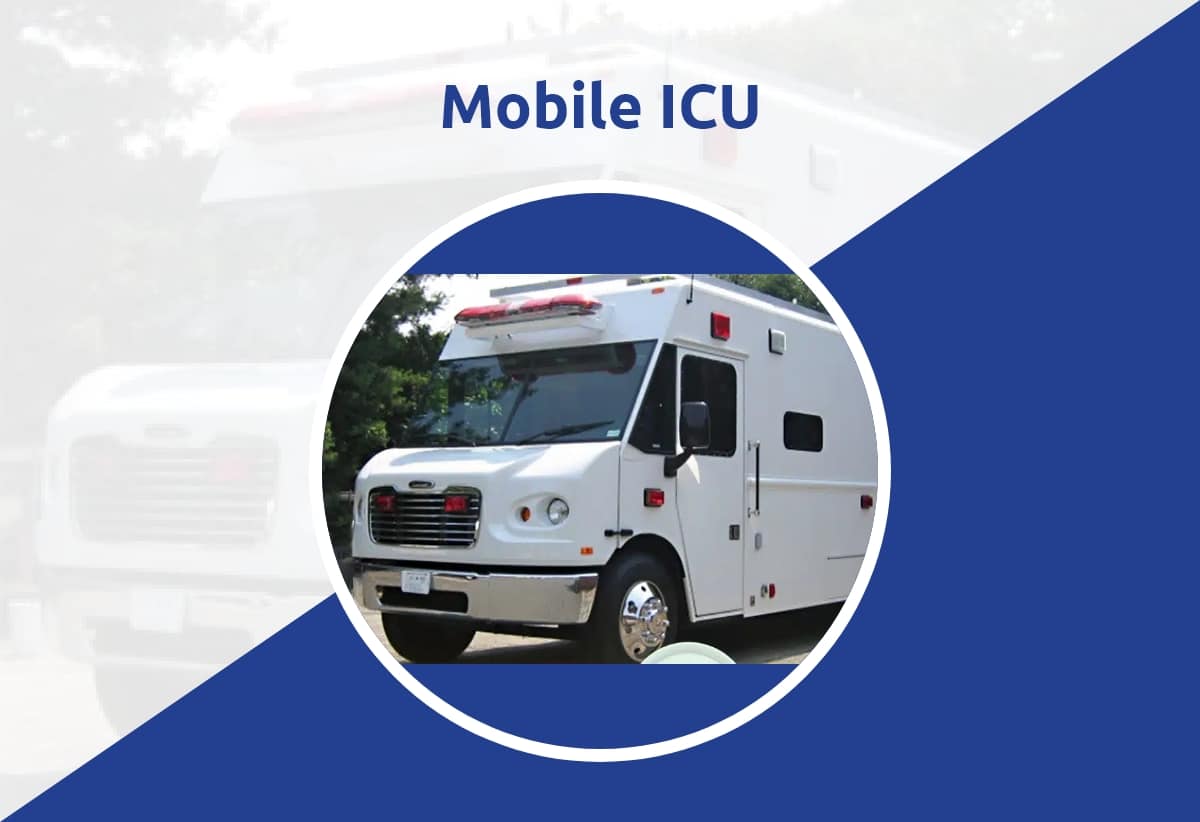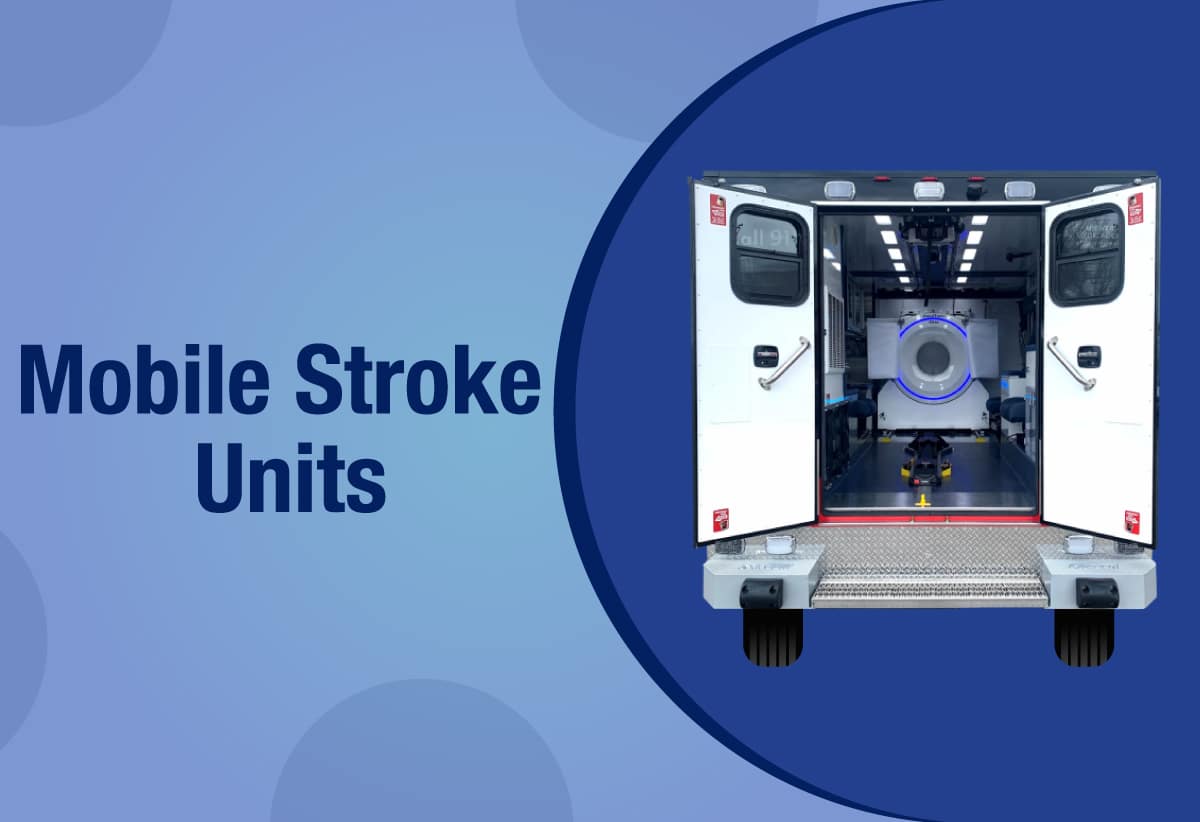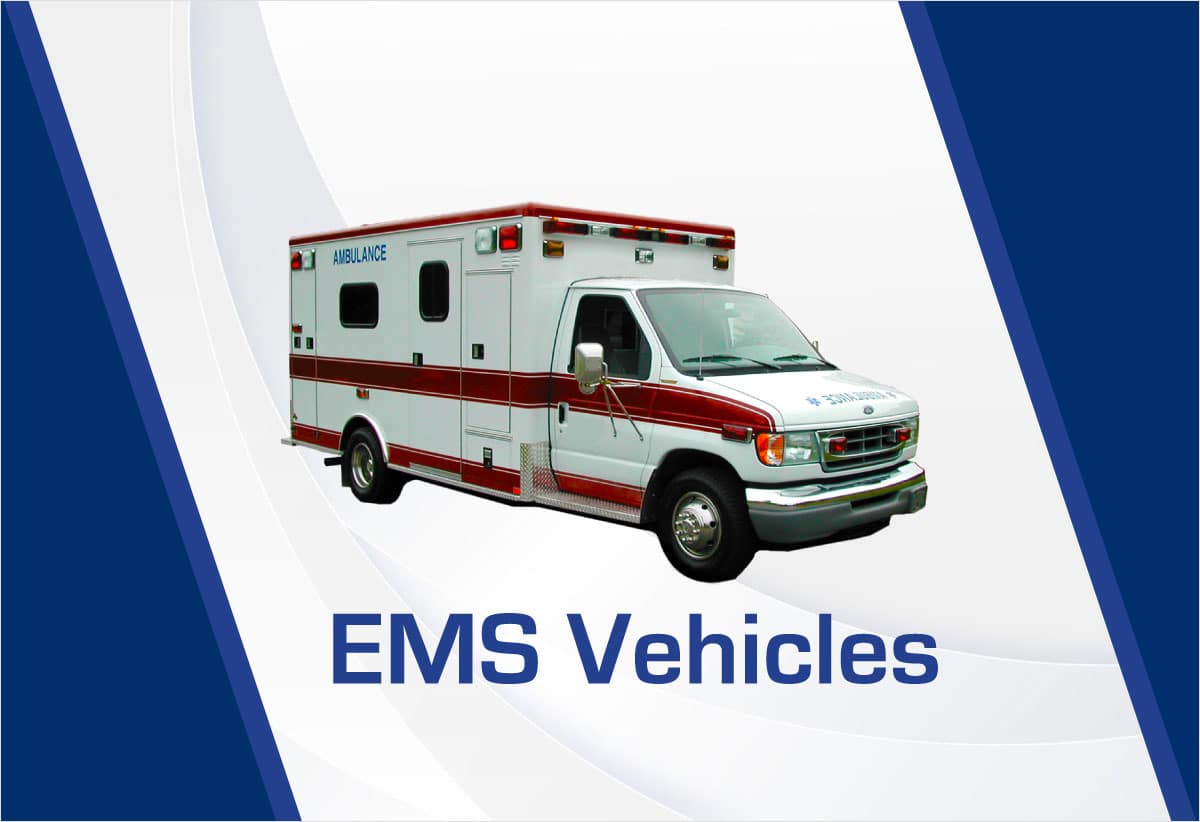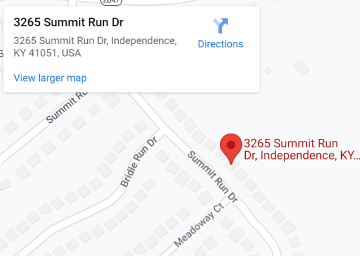Maximizing the benefits of the mobile eye care clinic!
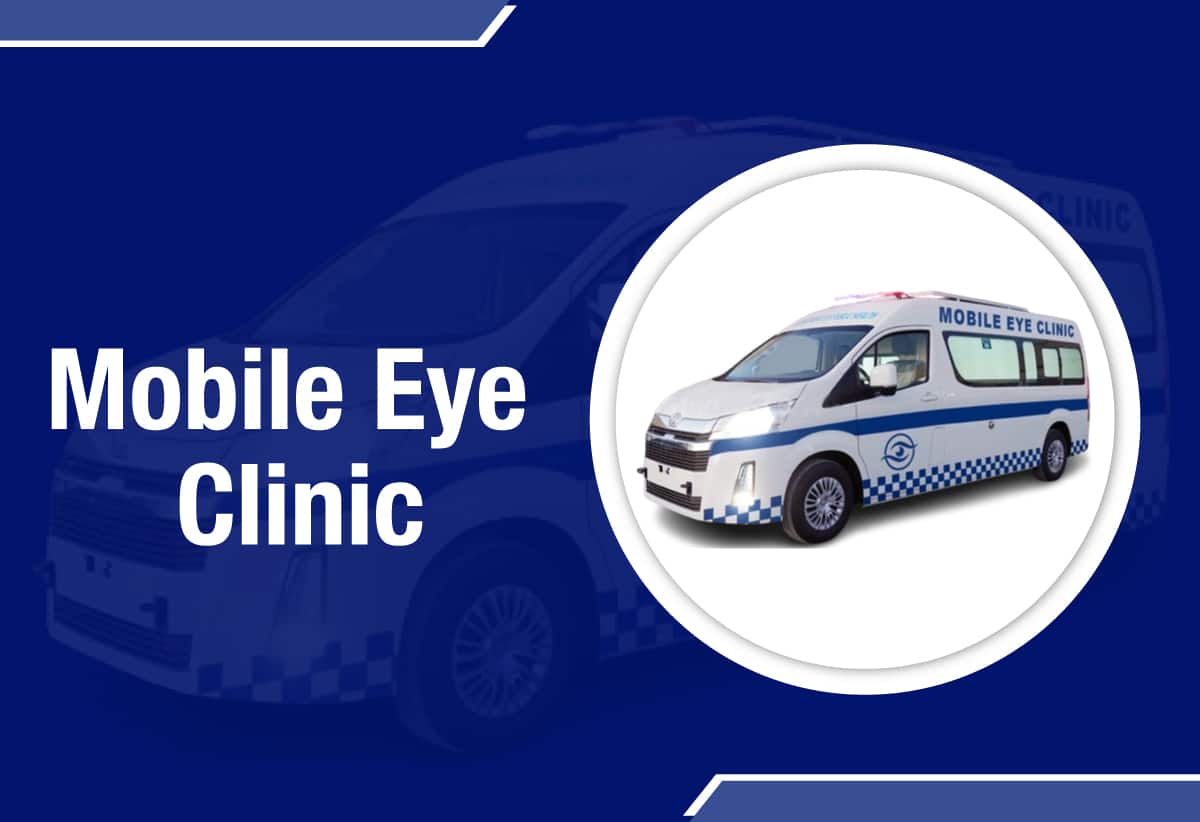
Did you know that globally, an estimated 2.2 billion people have vision impairment or blindness, and out of these, 1 billion cases could have been prevented or have yet to be addressed?
These numbers aren’t just statistics; they represent individuals, families, and entire communities affected by vision-related challenges.
And it’s not just about correcting vision; it’s about preserving it too. Conditions like glaucoma and diabetic retinopathy, if detected early through regular screenings provided by mobile clinics, can be managed effectively, reducing the risk of vision loss and improving overall quality of life.
So, as we delve into the world of mobile eye clinics, we’re not just talking about healthcare services—we’re talking about empowerment, education, and a brighter future for individuals and communities alike.
Understanding the Unique Challenges
To truly grasp the significance of mobile eye clinics, we must first understand the unique challenges that certain demographics face regarding eye care. Rural communities, for instance, often grapple with limited access to specialized eye care professionals and facilities. This geographical barrier leads to undiagnosed vision problems and untreated eye conditions, significantly impacting the quality of life for residents.
Similarly, economically disadvantaged areas face their set of challenges, where basic needs often take precedence over preventive healthcare measures like routine eye exams and vision screenings. As a result, individuals in these communities may suffer from preventable vision loss or complications due to delayed or inadequate eye care.
You may also like: Mobile Clinic Vehicle Start-up Mistakes To Avoid
The Role of Mobile Eye Clinics
Mobile eye clinics serve as a vital solution to these challenges, offering comprehensive eye care services directly to communities’ doorsteps. Equipped with state-of-the-art technology and staffed with skilled professionals, these clinics provide a wide array of services beyond basic vision tests.
Comprehensive Eye Exams On-the-Go
One of the primary benefits of a mobile eye clinic is its ability to conduct comprehensive eye exams in diverse settings. These exams go beyond assessing visual acuity; they include screenings for common eye diseases such as glaucoma, cataracts, diabetic retinopathy, and more. Early detection through these screenings can significantly impact treatment outcomes, preserving vision and preventing irreversible damage.
Access to Eyewear and Prescription Services
In addition to exams, mobile eye clinics offer access to eyewear for those in need. This includes prescription glasses, sunglasses, and protective eyewear. By providing onsite prescription services, individuals can obtain accurate prescriptions and choose from a range of eyewear that not only corrects their vision but also suits their lifestyle and preferences.
Education and Outreach Programs
Mobile eye clinics extend their impact beyond clinical services through education and outreach initiatives. Community workshops, seminars, and awareness campaigns educate individuals about the importance of regular eye exams, proper eyewear usage, and lifestyle habits that promote good vision. By empowering communities with knowledge, clinics foster a culture of proactive eye health management.
Targeting Underserved Communities
One of the hallmark features of mobile eye clinics is their ability to reach underserved populations effectively. These include rural areas, low-income neighbourhoods, and regions with limited access to traditional healthcare facilities. By bringing eye care directly to these communities, mobile clinics ensure that no one is left behind in receiving crucial eye health services.
Collaboration and Partnerships
Successful mobile eye clinic programs thrive on collaboration with local healthcare providers, community organizations, and government agencies. These partnerships enable clinics to identify areas of need, coordinate services efficiently, and leverage resources for maximum impact. By aligning efforts and resources, clinics can reach more individuals and deliver tailored care that meets community-specific needs.
Technology Integration for Enhanced Care
Modern mobile eye clinics embrace technology integration for enhanced care delivery. From digital health records to telemedicine capabilities, technology streamlines processes, improves communication among healthcare teams, and enables remote consultations for patients. This integration not only enhances efficiency but also improves patient outcomes through timely interventions and follow-ups.
You may also like: The Future Of Healthcare Is Mobile Healthcare Clinics
Empowering Communities for Better Eye Health
At the core of mobile eye clinic initiatives lies the mission to empower communities for better eye health outcomes. It’s not just about treating existing conditions but also about fostering preventive practices and long-term vision care strategies.
Financial Accessibility and Insurance Coverage
Addressing financial barriers is paramount to ensuring equitable access to eye care services. Many mobile eye clinics offer sliding-scale fees, discounts, or partner with insurance providers to make services more affordable. Educating individuals about available financial assistance programs further promotes accessibility and encourages proactive eye health management.
Long-Term Vision Care Plans
Mobile eye clinics emphasize the importance of long-term vision care through personalized care plans. These plans include regular follow-up appointments, medication management, vision screenings for different age groups, and lifestyle recommendations that support eye health. By promoting continuity of care, clinics aim to sustain positive vision outcomes for individuals.
Promoting Preventive Eye Health Practices
Educational efforts within mobile eye clinics extend to promoting preventive eye health practices. These include proper eyewear use, eye-healthy nutrition, eye safety measures in occupational settings, and regular eye exercises to maintain optimal vision. By instilling these practices early and reinforcing them through community engagement, clinics empower individuals to take proactive steps towards maintaining their eye health.
Continuous Quality Improvement
Mobile eye clinics prioritize continuous quality improvement through data analysis, patient feedback mechanisms, and professional development initiatives. By tracking outcomes, identifying areas for enhancement, and implementing best practices, clinics ensure high standards of care delivery, patient satisfaction, and overall organizational efficiency.
You may also like: A Mobile Medical Unit Can Benefit Your Practice
Conclusion
In conclusion, mobile eye clinics represent a transformative approach to eye care delivery, particularly for underserved and remote communities. By addressing unique challenges, leveraging technology, fostering partnerships, promoting financial accessibility, and prioritizing preventive and long-term care, these clinics play a pivotal role in preserving vision, enhancing quality of life, and promoting community well-being.
Unlock the power of accessible eye care with mobile eye clinic. Whether you’re a healthcare provider looking to expand your services or a community organization aiming to make a difference, our mobile clinics offer a flexible solution tailored to your needs. Equip yourself with the tools to reach underserved communities, deliver essential eye care services, and make a lasting impact on lives.
Don’t miss out on this opportunity to enhance your outreach efforts and bring vision care directly to those who need it most. Contact us today to explore renting or owning your own mobile eye clinic and embark on a journey towards better vision for all. For more information reach out us at +1 586 917 0245 or email us at sales@kbdentalconsulting.com.


